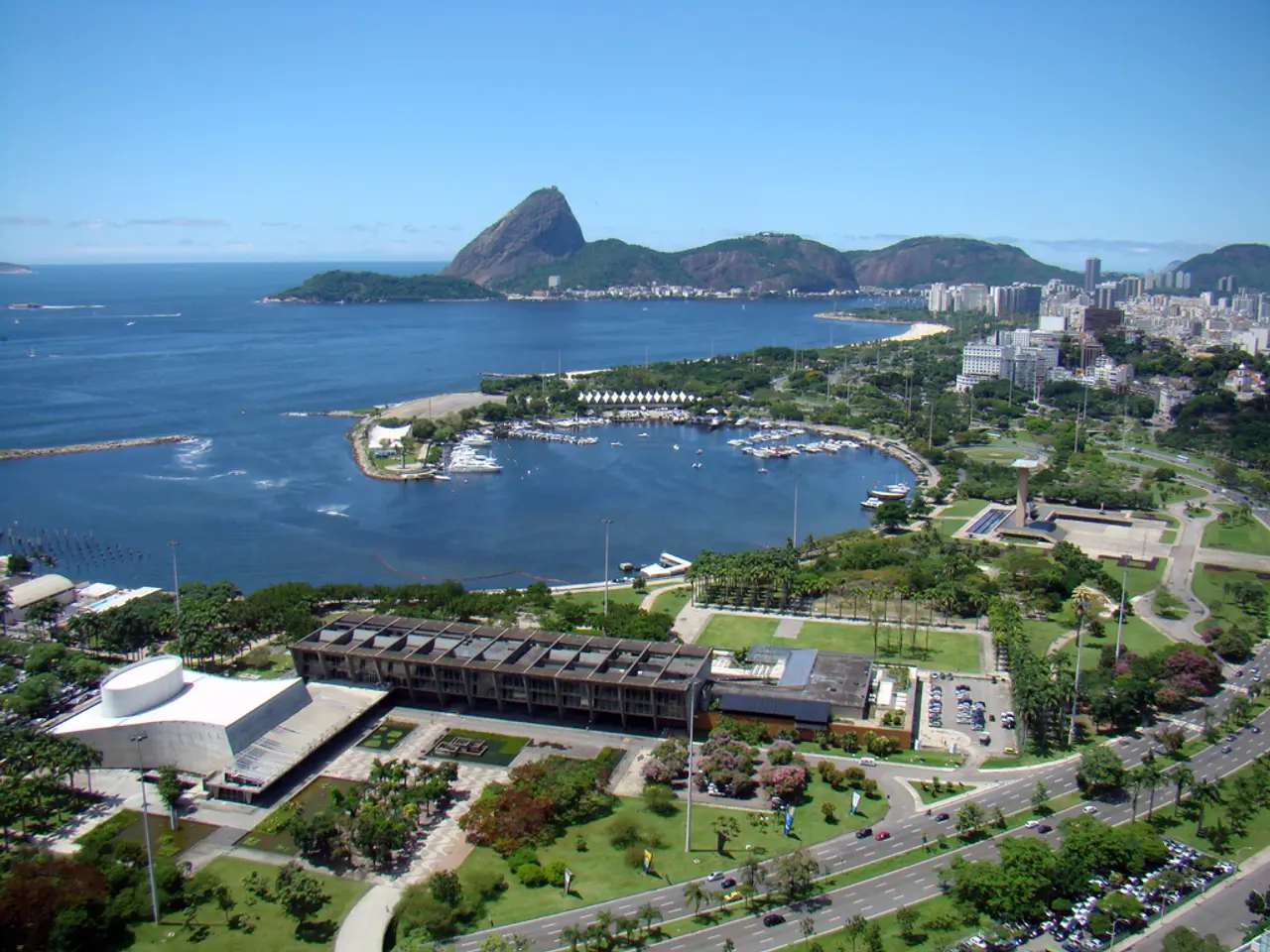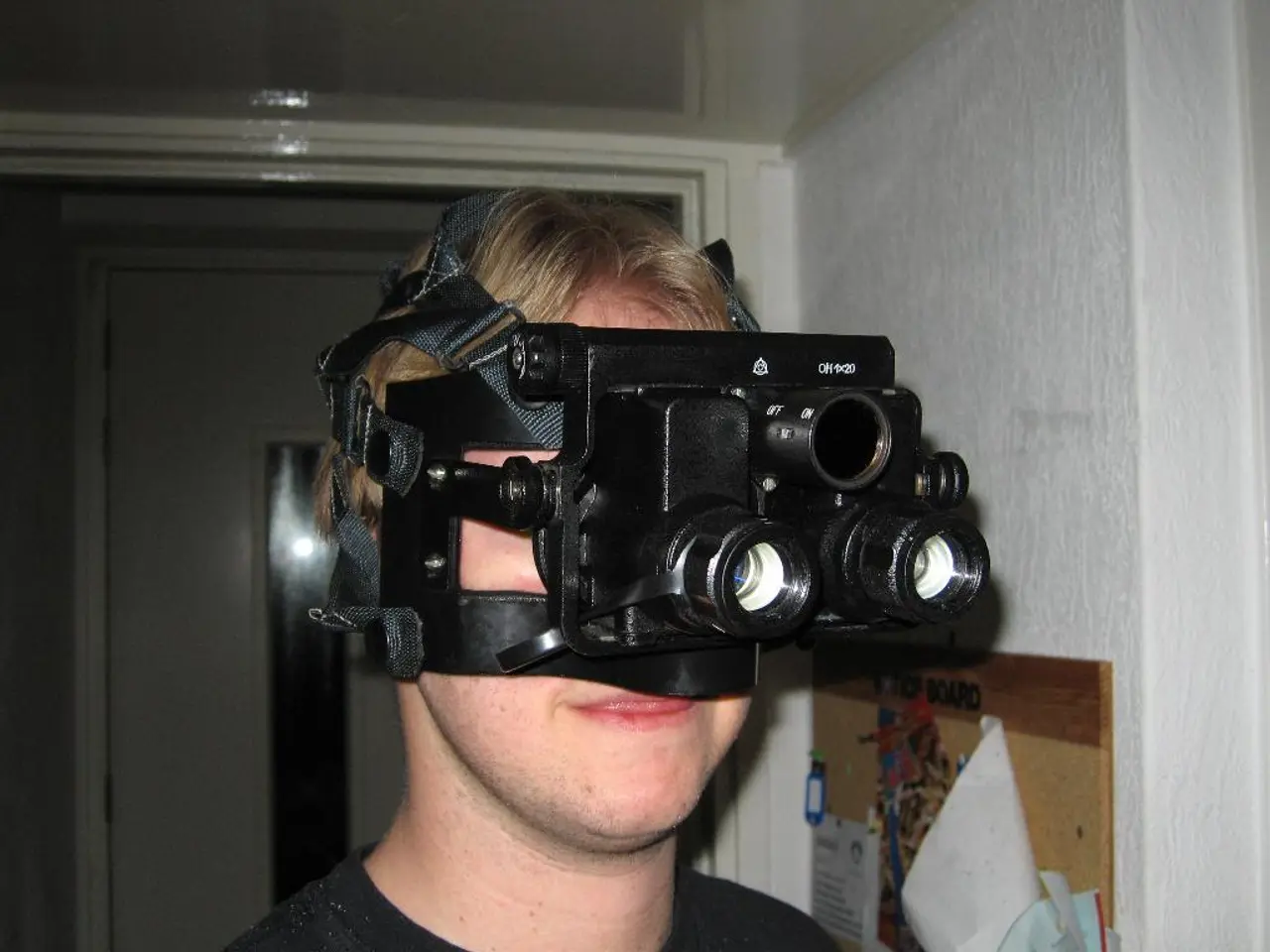Navigation systems utilizing satellites in the field of hydrography
The history and development of Navsat (Navigation Satellite) in hydrography can be traced back to the broader evolution of satellite navigation systems designed for precise positioning at sea. Navsat, an early U.S. satellite navigation system, played a significant role in the development of modern GNSS (Global Navigation Satellite Systems), providing the accuracy critical for hydrographic surveying and offshore operations.
In the realm of hydrography, Navsat offered a considerable improvement in positional accuracy compared to earlier terrestrial navigation methods, enabling detailed mapping of underwater topography, coastline delineation, and safe navigation routes for ships engaged in offshore surveys.
Integration with Traditional Navigation Systems
Navsat is often used in combination with other navigation and ranging systems in offshore surveys to enhance overall accuracy and reliability. Two such systems historically or functionally related are rho-rho Loran-C and Doppler Sonar:
- Rho-rho Loran-C: This is a terrestrial radio navigation system using hyperbolic position fixing by measuring the difference in signal timing from fixed transmitting stations. The "rho-rho" method involves determining position by measuring the distances (ranges) from shore-based Loran-C stations, enabling accurate coastal navigation and offshore positioning before the widespread adoption of satellite systems.
- Doppler Sonar: This underwater navigation method uses the Doppler effect on sonar signals bounced off the seafloor or water masses, assessing relative velocity and position change of the survey vessel. Doppler Sonar complements satellite navigation by providing velocity data relative to the seafloor, useful in areas where satellite signals may be degraded or unavailable.
When integrated, these systems offer a powerful toolkit for hydrographic surveys:
| System | Role in Hydrography | Strengths | |-----------------|----------------------------------------------------------|--------------------------------------------| | Navsat | Provides precise absolute positioning via satellites | High accuracy, global coverage | | Rho-rho Loran-C | Provides ranging-based position fixes from shore stations | Reliable in coastal waters, independent of satellites | | Doppler Sonar | Measures vessel velocity relative to seafloor | Useful for dead reckoning and real-time velocity updates |
Navsat's Impact on Hydrography
Navsat ushered in the era of satellite-based hydrography, offering global, high-precision positioning for offshore surveys. When combined with rho-rho Loran-C and Doppler Sonar, surveyors could cross-validate and enhance navigation accuracy, ensuring comprehensive and reliable underwater mapping essential for navigation safety, resource exploration, and scientific research.
(Note: The specific detailed history of Navsat in hydrography and its technical integration with rho-rho Loran-C and Doppler Sonar is not detailed in the provided search results; this summary is based on standard knowledge of navigation system applications in hydrography.)
For further reading, you can find a reprint of a 1976 paper on this topic titled "Satellite navigation in hydrography" by Eaton, Wells, and Stuifbergen, published in The International Hydrographic Review, at this link: https://journals.lib.unb.ca/index.php/ihr/article/view/23736
In the context of hydrographic surveys, the integration of Navsat with traditional navigation systems such as rho-rho Loran-C and Doppler Sonar forms a potent toolkit for enhancing overall accuracy and reliability. This combined approach allows for cross-validation and improved navigation accuracy, essential for underwater mapping, navigation safety, resource exploration, and scientific research. This integration represents a fusion of science, technology, and education-and-self-development, strengthening the sports sector's potential for offshore surveys.
Furthermore, the effective use of integrated navigation systems in hydrography is not only relevant for offshore sports activities but also has significant implications for various industries such as marine transportation, fisheries, and oil exploration, all contributing to advancements in the field of science and technology.




